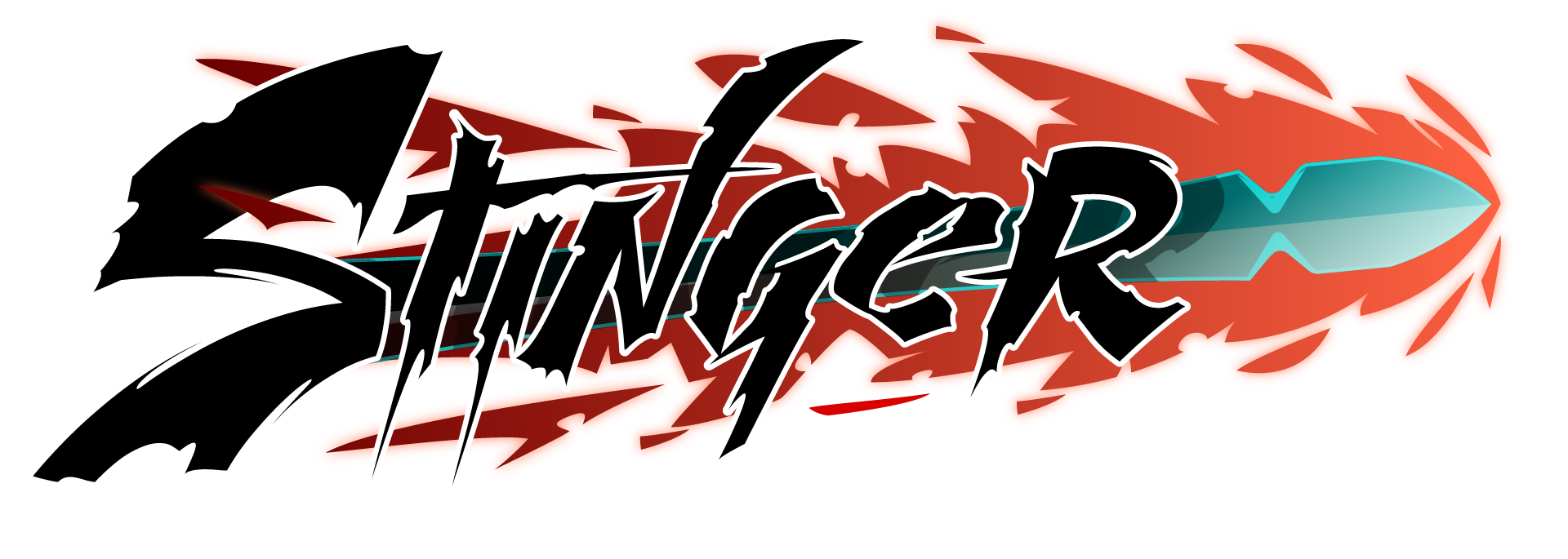Type “Chain of Memories” into your favourite search engine and what do you see? Questions like “is its plot important”, “how many hours is it” and “can I skip Chain of Memories” are but the first of many such results.
Kingdom Hearts: Chain of Memories was a Gameboy Advanced title co-created by Square and Jupiter. Released in 2004, about two and a half years after the original Kingdom Hearts, it sets out to bridge the gap between the first two games. Introducing many new characters and plot threads that Kingdom Hearts II would further build upon.
The answer to our earlier question then, looking at multiple social-media platforms, seems to be pretty universal: either play it on Easy and get it over with, or watch the 330 minutes of cutscenes online. Should you then do the same, or is there more to be found in this outlier game in this massive franchise, that those hungry for stories have glanced over in their rush to the finish line?
Chain of Memories’ story is, unsurprisingly, about memories. It sees Sora and his companions Donald Duck and Goofy traverse Castle Oblivion to regain old forgotten memories in return for their current ones. In essence Kingdom Hearts: Chain of Memories was an action-RPG like its predecessor, with the twist that it featured a card-based combat system for choosing your attacks.
Despite surprisingly high sales for the platform, work quickly began on re-making the game for the Playstation 2, to coincide with Kingdom Hearts II’s “final mix” re-release in 2007.
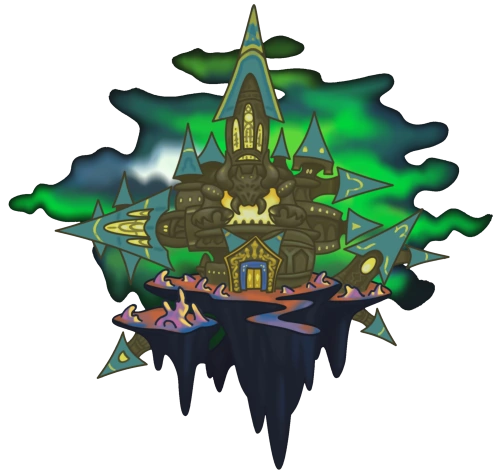
Titled Kingdom Hearts RE:Chain of Memories (henceforth, RE:COM), it is somewhat of a patchwork. Using the mechanics from the original Gameboy title, brought to life using 3d assets and animations from the first Kingdom Hearts game, one could be forgiven for thinking it’s a budget title.
In their quest to regain their forgotten memories, Castle Oblivion simulates locations and enemies from previous games, giving a handy excuse as to why all the assets were re-used. Though as a result of this, knowing that everything you see is an illusion, all the cutscenes that don’t take place in the pristine white of said Castle can feel like filler and a waste of time.
Studios have, in the past, proven that working with existing assets allows for more creative design, as more time is spent building the mechanics than the visuals; something Capcom was especially famous for with their fighting games in the late 90’s.
These re-used areas are offered to you piecemeal. Each world is split into randomised rooms with keys that need to be found to eventually reach the world’s boss. Rooms are given form by cards used to open their doors. For example you can use a Treasure Card to have the next room just be a few chests or a Save Card to make it into a save-room. You can also make rooms more dangerous, such as featuring more enemies to fight and many more options. It gives a good degree of randomness and replayability should players want to seek that out. The downside is that each world tends to also feel eerily similar, with only their visual design being truly different.
These cards return in the combat as the main mechanic. RE:COM works differently from its namesakes, or pretty much every other action game on the market for that matter. Instead of making a direct attack when pressing X, Sora has access to a deck of cards that you put together, shown left on the combat-UI, versus whatever card the opponent plays from the right. Combat is live and you can control Sora’s movement, jump and dodge for extra momentum or positioning if needed without the usage of cards.
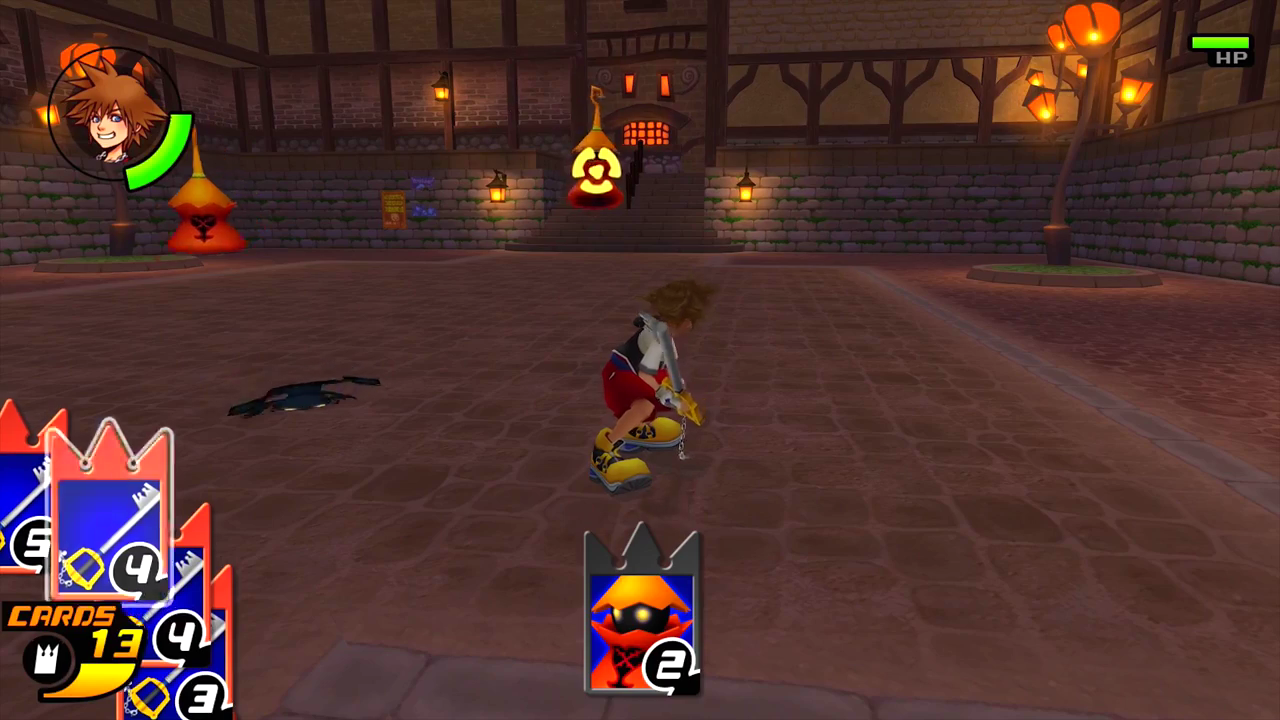
For example: you attack using a Keyblade card or cast a spell using the Fire Card. Enemies will likewise use their attack-cards to strike back. To govern this system each card has a specific value. Higher values trumps all active cards with only one being allowed active on the field. Even if there are twenty enemies on the field, only one of them can attack because of this.
So say a fiendish heartless attacks you with a level 5 card, and you play a 6, you win and his attack is parried while yours plays out. Play a card of equal value and both are cancelled out, play a lower card and you get staggered while losing the card and potentially taking damage: simple.
Unique are the cards with the number 0. These beat every card but when active lose to every other card as well; making them more suited for cancelling enemy attacks. As a result it is technically possible to parry a world-ending Zettaflare by drinking a potion with the value of 0 for hilarious effect.
Going even deeper into RE:COM’s mechanics brings us to the Sleights. These let you ‘save’ three cards to play at once, adding up their value. So you play a level 8, 4 and 2 card and you’ve got a level 14 attack where Sora does three attacks in a row like a combo. With cards themselves only going up to 9 in strength this means regular foes won’t be able to do anything about it. The trade-off being that the first card in that sleight is lost for the whole battle, even when you reshuffle your deck once it’s all used up.
This sounds interesting but most card systems often stand and fall on their randomization. Another card-based game, Baten Kaitos, is a turn-based RPG that has a strict timer (down to as little as 2.5 seconds). This has you thinking on the fly but with the random cards it can lead to pointless turns as you’re faced with a hand of only healing cards during your attack phase for example.
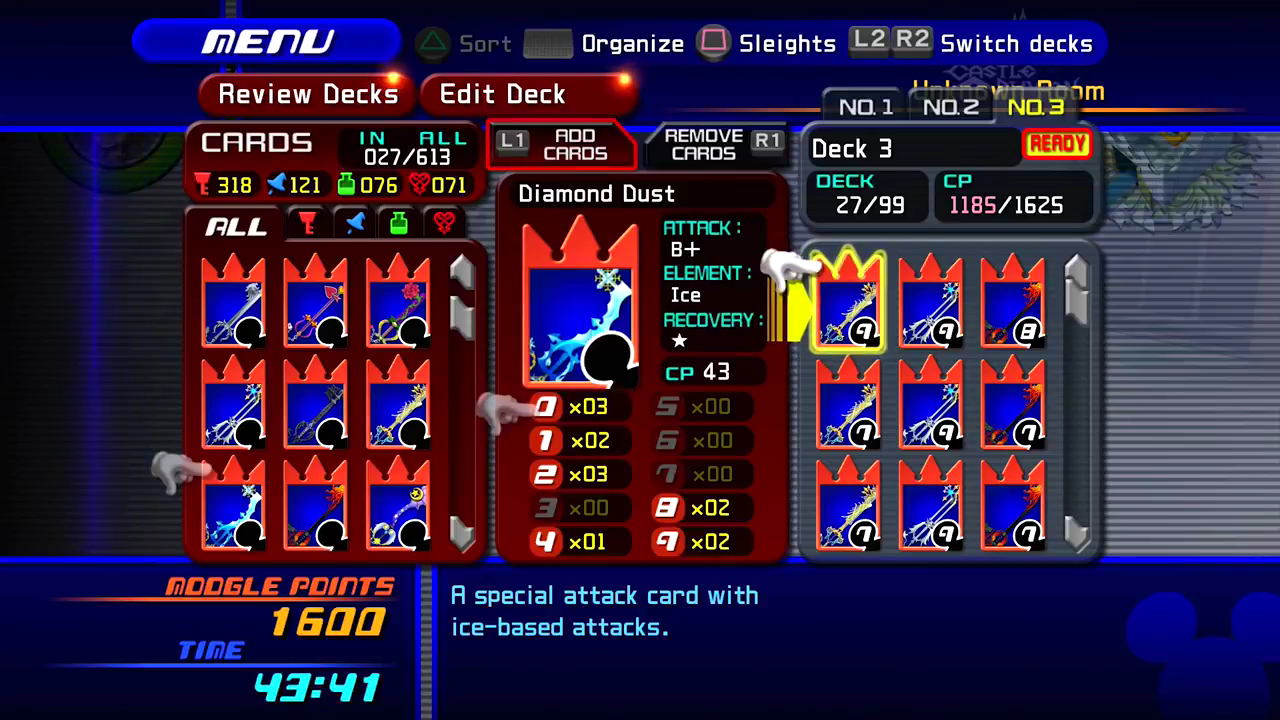
This is where RE:COM takes a leap of faith: your deck isn’t randomised. If you put three Fire cards up top, you always start the game with those three fire cards – allowing you to build a strategy for the fight before it even begins.
This system is pushed further by Sleight Combos, which can be deviously complex. These are unique abilities Sora will do if certain Sleights are built, like having three different types of attack cards be in your Sleight with a total value between 10-15, making him do the highly damaging Blitz combo instead of three regular attacks. Some Sleights need to be earned or found through exploration and battles, while others are innately known like using three Blizzard spells to cast Blizzaga, the most powerful ice-spell capable of clearing entire screens.
That isn’t to say there isn’t any randomization. What cards you find and buy from shops are randomised for example, leaving you to your fate at times. There are also “friend cards” that appear on the field randomly that also have their own Sleight-combos, rewarding knowledge and keeping combat interesting.
These elements together start to build a whole other game. Instead of playing reactive like in Baten Kaitos, what about playing predictive? For example, let’s look at Dark Rikku, who is known to gatekeep quite a few players. Instead of rushing forward hoping to fight him on the fly with timed dodges, you can build a cheap deck that focuses on the Lethal Frame Sleigh Combo to completely lock him down, as he only has access to a few card-combos that beat its combined value.
This makes the combat take place more in the deckbuilding phase outside the fight, slowly incentivizing the player for having multiple decks for multiple situations. There’s a joy to be found in crafting a deck that counters all the random encounters in a specific world, starting out with a Blizzaga Sleight and ending with a powerful Simba summon to finish off the stragglers before enemies have even had a chance to move. You start the fight, press Triangle 6 times and laugh as the opposition is decimated.
However, with the game being around ten hours long and also featuring a second, more limited campaign featuring Rikku, it’s best to change things up lest the repetition sink in. From starting a fight with Stopga to lining them up for a Fire Raid, using a Freeze spell into Firaga for a single target nuke or comboing into a Cloud summon – there’s a lot to tinker with.
Passive Card abilities add another layer of strategy to the mix. These rare cards allow you to become invisible for instance, or do things like increasing the value of all your cards by 1 – seeing the game’s deckbuilding side growing in complexity and freedom evermore.
You can see this play out in a later fight, where one boss is very weak to the Sleight “Ars Arcanum”. To trigger this Sleight however, you need to play three Keyblade cards with a total value of 1 to 6 – making it easily countered by his own high level cards. Add the Passive Card “Jafar” however, which makes your first 30 attacks uninterruptible, and you can easily construct a deck that kills the boss outright.
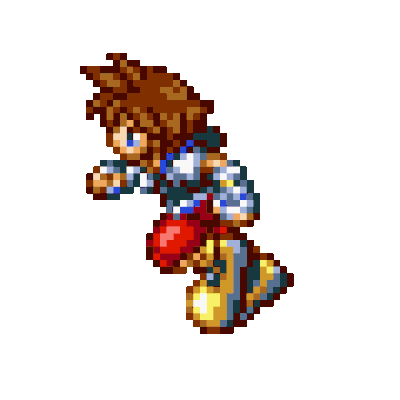
There are also moments when Sleights aren’t the best idea. Later bosses can have multiple phases, which can see you run out of cards in your deck if you use Sleights too much. Other bosses can be stunned, which means they can’t play cards, so manually using cards is more efficient. Lastly, every enemy, be it boss or otherwise, can also run out of cards and be forced to shuffle their deck, leaving them open for regular attacks; adding a layer of planning and strategy to the fight itself.
All these mechanics lead to combat that, when played into through planning and deckbuilding, can be very entertaining. Aside from this though, RE:COM only offers minor exploration in its randomised levels existing from reused content. It’s just door to door until you reach a boss, where things get really interesting.
RE:COM is a unique game where you, technically, win the fight before it’s even begun. And if you haven’t, you’ve got a good chance at facing a very dull fight with cards constantly bouncing, fire magic being absorbed by a fire-immune boss, ending with you eventually running around with only three cards left in your deck since you used too many Sleights. It is here that the difference tends to come into view between what kind of player you are. Do you try to learn and improve? Or do you say it’s not for you and want to rely on your more action abilities?
In that sense RE:COM is a pretty hard awakening for some, requiring you to really lean into its mechanics or gain a very frustrating experience. It’s a game that rewards experimentation with optimised fun, but at the long end still falls short by dragging on and offering too many repeat encounters with only the bosses and the planning surrounding them being a standout moment.
It could have played more into this by offering boss rushes or unique bosses, or the ability to replay fights allowing you to try different decks out for optimal strategies. Perhaps this could have been combined with a timer, the amount of cards played or a rank to push players more towards that playstyle.
As it stands, the question still remains: should you play Kingdom Hearts RE:Chain of Memories? Perhaps not for the plot, which can be easily watched online, but you’d be doing yourself a disservice by not giving its unique combat system a try. While it may not be for everyone, there’s a chance you just might play something unforgettable.
斬 postscript notes 斬
- Despite taking place immediately after Kingdom Hearts 1, the voice-acting wasn’t recorded until after Kingdom Hearts II, making Sora’s voice-actor sound far older than he appears.
- The game The World Ends with You was built off of these foundations.
- I didn’t find a spot to put this within the article, but combining a Mega-Elixer and Mega-Potion in a single sleight is a very, very powerful tool, as they together recharge your entire deck. Put at the end they technically allow you to mash out your entire deck twice, making you pretty much unstoppable.
- In a sense, because of these mechanics, you never truly need to move if your deck constantly counters that of your opponents. RE:COM does remedy this by having enemies drop experience-orbs that need to be picked up manually so movement is somewhat incentivized, lest you not level up which gives you access to things like new sleight combos and a bigger deck.
- It’s a tad ironic that, despite frequent requests to cover the likes of Kingdom Hearts’ main series, my first article on it should be from this outlier title. Still, it’s a start!

